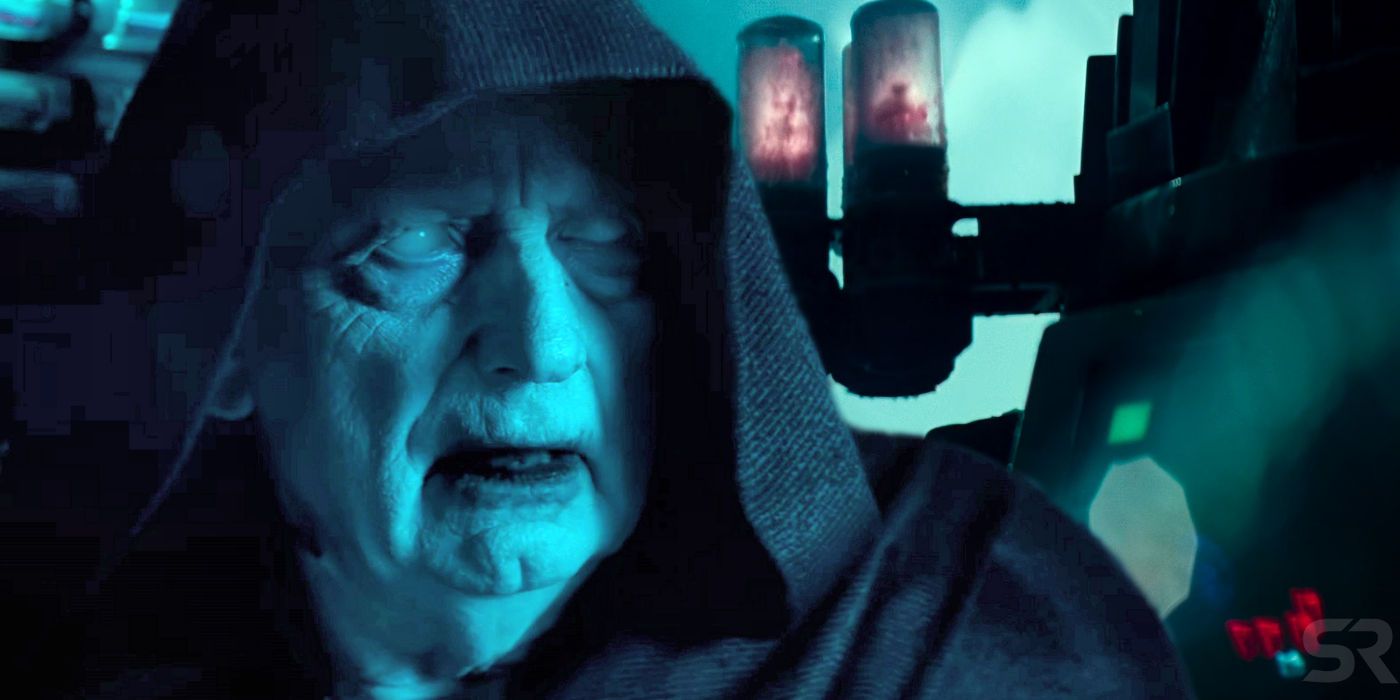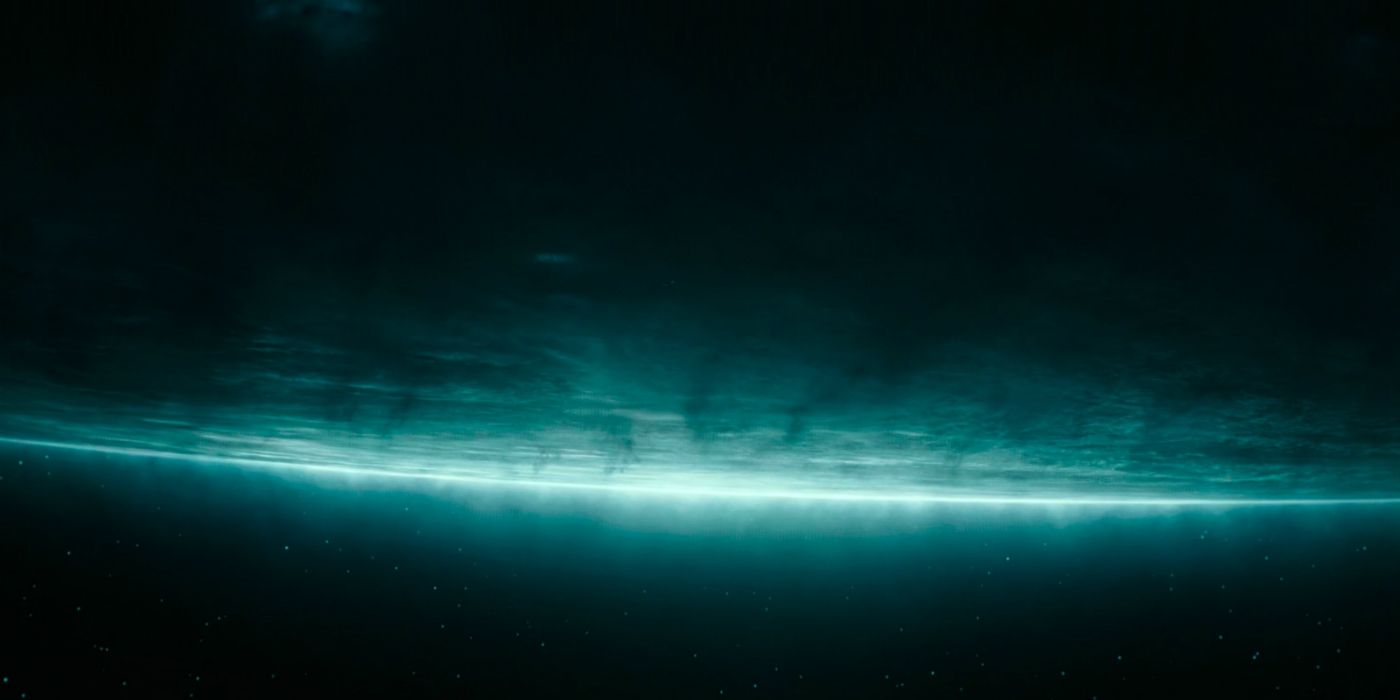Star Wars has finally explained why Palpatine could only be resurrected on the Sith redoubt of Exegol. Star Wars: The Rise of Skywalker left a whole host of unanswered questions, and some of them were frankly bizarre. The film itself, for example, never actually explained how Emperor Palpatine came back in the first place. Lucasfilm left it to Rae Carson's novelization to confirm the Emperor transferred his spirit into a clone body. He used an ancient Sith technique known as Essence Transfer, one he had learned from his own Master, Darth Plagueis.
And yet, there's still something very strange about Palpatine's use of Essence Transfer. This ability has been seen before, but previously there has been very strict limits to it; a Sith Lord has been able to survive death by binding their spirit to a nearby object, or possessing a nearby person. In the Emperor's case, he was in a completely different part of the galaxy to Exegol, so there shouldn't really have been any way for his spirit to jump to a clone body so far away. Meanwhile, it also seems odd that Palpatine would have clones made on a planet rich in the dark side, because that has a deteriorating effect on clones.
George Mann's recently-published Star Wars: Dark Legends finally provides a subtle answer to this mystery. This book is a collection of in-universe myths, but Lucasfilm has stressed they all contain a seed of truth. One story, "A Life Immortal," tells a tale of an ancient Sith Lord whose quest for immortality drew her to Exegol. According to this story, Exegol is a unique vergence in the Force, where "the veil between life and death [is] thin." That would explain why any Sith who sought immortality would inevitably find their way to Exegol - including Palpatine.
The brief comments fits perfectly with Chuck Wendig's novel Aftermath: Empire's End, which suggested Palpatine's quest for immortality led him to sense some disturbance in the Force out in the Unknown regions, "some origin of the Force, some dark presence formed out of malevolent substance." The Emperor believed this was a signal, one he was attuned to by virtue of his power. He was presumably sensing Exegol, the one place in the galaxy where his ruthless ambition to conquer death could truly be realized. Palpatine's Sith Eternal cultists could perform a ritual on Exegol to tear open that veil, allowing the Emperor's spirit to break through and possess the prepared clone body.
But if the veil between life and death is unusually thin on Exegol, then it would work for the light side of the Force as well as the dark. That would explain why the Jedi of old were able to communicate with Rey during the climactic last battle, with even Jedi who had never become Force Ghosts somehow speaking words of encouragement to her. It's possible they were able to do so precisely because of the tear Palpatine's cultists had created when they resurrected him, lasting damage to the veil that allowed even the long dead Jedi to speak.


